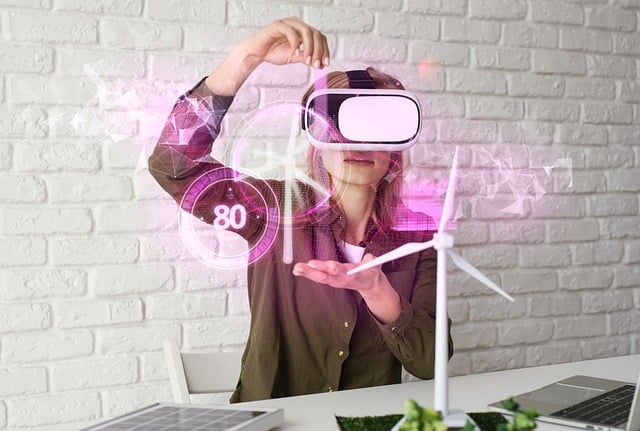Water softeners have evolved from traditional ion exchange resins to smart devices with digital controls and sensors. These innovations optimize mineral control, reduce water and energy waste, and enable real-time water quality monitoring through apps. Smart water softeners offer unparalleled precision, customization, and convenience, making them a preferred choice for homeowners and businesses looking to enhance mineral reduction efficiency while conserving resources. With simple installation, straightforward maintenance, and future upgradeability, these devices represent a revolutionary and user-friendly solution for mineral control.
In today’s digital age, smart water softeners are transforming the way we manage mineral control in our homes. Understanding water softeners and their role in mitigating hard water issues is crucial for any homeowner. The integration of digital controls in water treatment has revolutionized this process, offering precise adjustments and energy-efficient operations. This article explores the benefits of smart water softeners, from advanced mineral management to seamless installation, maintenance, and future upgrades, ensuring an optimal water experience.
- Understanding Water Softeners and Mineral Control
- The Rise of Digital Controls in Water Treatment
- Benefits of Smart Water Softeners for Home Use
- Installation, Maintenance, and Future Upgrades
Understanding Water Softeners and Mineral Control

Water softeners have long been essential in households and industries for managing water hardness, primarily by removing minerals like calcium and magnesium. These minerals, while naturally occurring, can lead to scale buildup in pipes, appliances, and water heaters, reducing efficiency and requiring frequent maintenance. Traditional water softeners use ion exchange resins to replace hard minerals with softer ones, but modern advancements have introduced smart water softeners that go a step further.
These innovative devices incorporate digital controls and sensors to optimize mineral control, ensuring water is treated only when necessary. By monitoring water quality in real-time, they can adjust the softening process accordingly, reducing water wastage and energy consumption. Smart water softeners also offer remote access and monitoring through apps, allowing users to manage their systems from anywhere, further enhancing convenience and efficiency in terms of mineral control.
The Rise of Digital Controls in Water Treatment

In recent years, the water treatment industry has witnessed a significant shift towards embracing digital controls for enhanced mineral control. This rise in digital technology offers numerous advantages, transforming traditional water softening processes into more efficient and user-friendly systems. By incorporating smart sensors and connected devices, water softeners can now monitor and adjust mineral levels in real time, ensuring optimal performance and water quality.
Digital controls provide a level of precision and customization previously unattainable with manual methods. They allow users to set specific parameters for water softening, taking into account factors like family size, water usage, and personal preferences. This not only results in more effective mineral reduction but also contributes to water conservation by minimizing excessive softening. The convenience and accessibility of digital controls enable homeowners and businesses to take control of their water treatment, leading to a growing preference for smart water softeners.
Benefits of Smart Water Softeners for Home Use

Smart water softeners are transforming the way homeowners manage mineral control in their properties, offering a range of benefits that go beyond traditional water softening systems. One of the key advantages is the convenience and ease of use provided by their digital controls. Homeowners can now monitor and adjust water softening settings from the comfort of their homes or even remotely via smartphone apps, eliminating the need for frequent manual interventions.
These advanced devices also ensure more precise mineral control, allowing users to set specific levels of hardness they prefer. This precision is particularly beneficial for those with sensitive skin or hair, as it enables them to tailor water conditions to suit their needs. Moreover, smart water softeners often come equipped with energy-saving features, contributing to reduced utility bills and a smaller environmental footprint.
Installation, Maintenance, and Future Upgrades

Smart water softeners, equipped with digital controls, offer a seamless and efficient approach to mineral control. Installation is typically straightforward, often requiring only basic plumbing knowledge. These systems can be integrated into existing water lines, providing immediate access to monitored and adjusted water quality. Regular maintenance involves routine checks and occasional filter changes, guided by the device’s intuitive interface that alerts users to any required actions.
Looking ahead, smart water softeners prove adaptable for future upgrades. As technology advances, these devices can be updated with new features, expanding their capabilities to include enhanced monitoring, automated settings adjustments, and even integration with smart home systems. This ensures that your water softening system remains not only efficient but also contemporary, catering to evolving needs and preferences.
